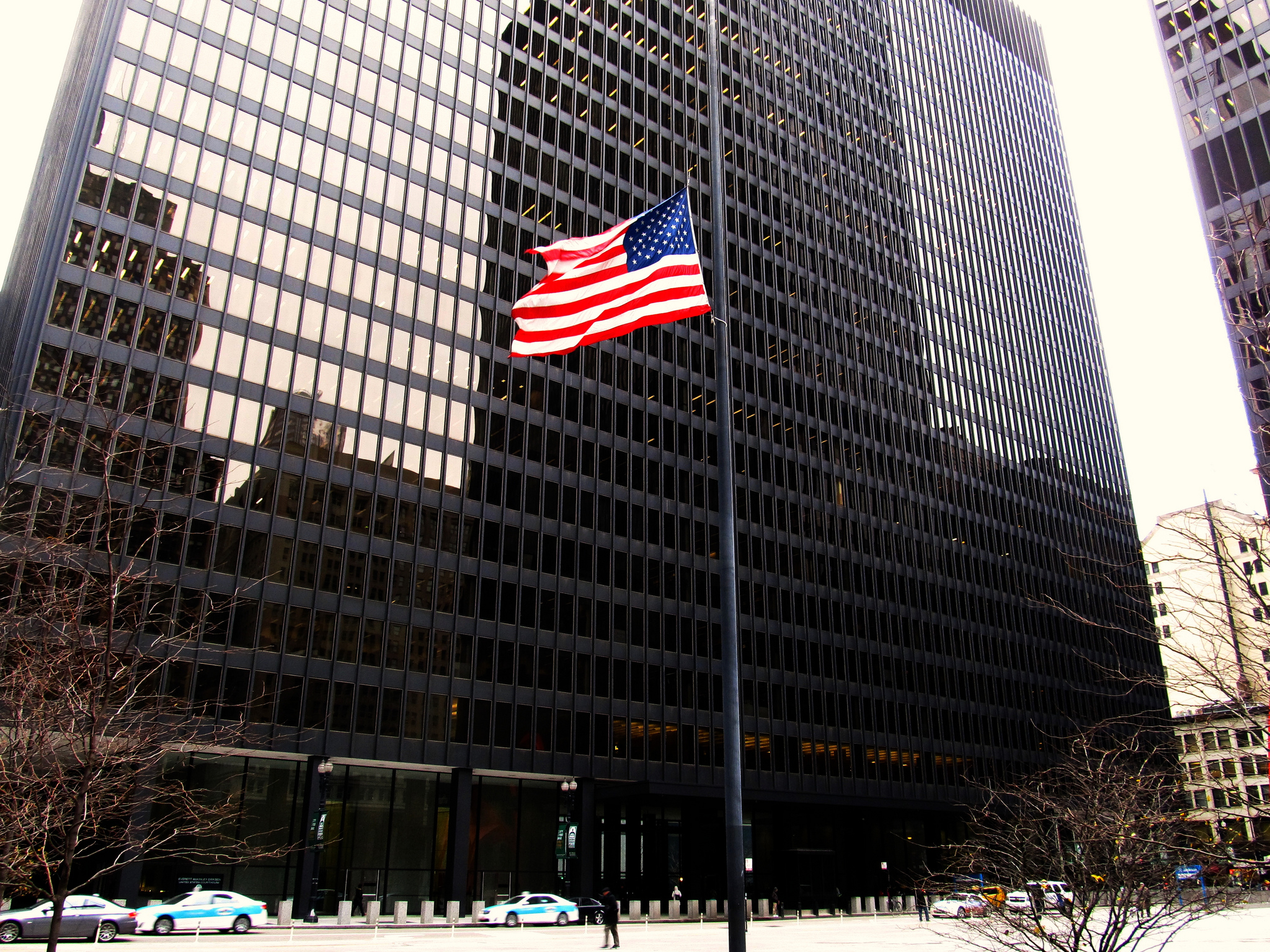Social media and professional news outlets have been reporting about Northwestern University football players petitioning the National Labor Relations Board (“NLRB” or “Board”) for unionization rights. With football in the air this past week because of the Super Bowl, and President Obama’s State of the Union speech focusing on income inequality, the filing of this petition could not have come at a better time. While neither event is directly related to the issues raised by the college football players, namely to bargain over issues related to injuries, the glitz and glamour of football this past week helps give these players’ story more relevance. And the chasm between the super-rich and the growing ranks of the working poor that concern President Obama strongly resembles the disparities between a multi-billion dollar college sports industry and injured players bereft of both a sports career and a college education.
College football injuries are rampant. Injuries may permanently cripple players, put a stop to their college football calling, jeopardize their college degree, and frustrate any promise of a professional football career with the NFL. As the union trying to represent the players has stated, its aim is to convince the NCAA and the teams to provide some protections to players, rather than throw the players “under the bus at the first hint of a problem.”
Last semester I gave my labor law students a midterm exam where part of what they had to analyze was whether or not college football players could be considered employees under the National Labor Relations Act (“NLRA”), ostensibly the central question that the NLRB will have to decide in this case. Many of my students made some good arguments in favor of unionization, despite my initial doubts about the matter.
First, my students addressed the possible argument against granting employee status to the players. The argument, which was made recently by the Northwestern Athletic Director, Jim Phillips, is that the employer “believes that … student-athletes are not employees, and collective bargaining is therefore not the appropriate method to address [their] concerns.” As the Chief Legal Officer of the NCAA also said, the “union-backed attempt to turn student-athletes into employees undermines the purpose of college: an education.” In other words, the players are primarily students pursuing degrees, not “employees”. Extending employee status to the players would undermine education.
Northwestern and the NCAA seem to have some case law on their side. In Brown University, 342 NLRB 483 (2004), a decade-old NLRB decision, the Board determined that graduate student assistants were not employees under the NLRA. The reasons were two-fold. First, graduate students’ teaching and research duties were degree requirements. Their work was “education” and not the type of the work that could be subject to collective bargaining.
The Board also held that granting collective bargaining rights to graduate assistants would disrupt academic freedom, in effect taking away the authority that faculty had to unilaterally set the terms of educational programs. In this light, the Board was not ready to “unduly infringe upon traditional academic freedoms.”
My personal opinion of Brown is that it was wrongly decided and that the prior Board rule, which granted employee status to graduate assistants, should have remained the law of the land.* However, many of my students (who know much more about college football than I) argued in their midterm that Brown does not necessarily foreclose the rights of players to unionize. There is no concrete link between football and a college degree. While teaching and research may be requirements for PhDs in biology and economics, playing football and training for over 40 hours a week is not part of any college degree. The only link between education and football is the scholarship money received by the players in consideration for training and playing. Moreover, reports show that players and their universities give little priority to the education of the players, with some players “graduating” from college without even showing high school dexterity in reading. Educational disregard is compounded by the fact that college sports has become a multi-billion dollar industry. Given these facts, the Board may be hard-pressed to accept that the “union-backed attempt to turn student-athletes into employees undermines the purpose of college: an education.” In fact, collective bargaining could repair the link between education and sports by protecting players from losing scholarships if they got injured.
Without doubt, this case promises to be game-changing—pun totally intended. If the players get their right to unionize and a majority of them vote in favor of unionization, the college football industry may, in fact, be transformed. It may mean that part of the fortunes amassed by the teams and the NCAA will be used to better guarantee the health, education and careers of players who work over 40 hours for their teams. As of now, little to nothing indicates that changes in the industry spurred by collective bargaining will be detrimental to either education or to college football. The contrary may be the case. Therefore, we should expect that the university and the NCAA will make industry transformation part of their case. The “jury” is still out on how this case will turn. The facts will likely become fundamental in the Board’s final determination.
*New York University, 332 NLRB 1205 (2000). Brown has also been found to be in violation of international labor standards, compelling the International Labor Organization to request that the U.S. change the law to provide graduate assistants the right to unionize. Complaint against the Government of the United States presented by the UAW and the AFL—CIO, Report No. 350, Case No. 2547, pp. 732-805 (2008). In response, the Obama administration has stated that Brown may be reversed by the current Board. See Effect given to the recommendations of the committee and the Governing Body, Report No. 362, Case No. 2547 (2011).




Leave a Reply